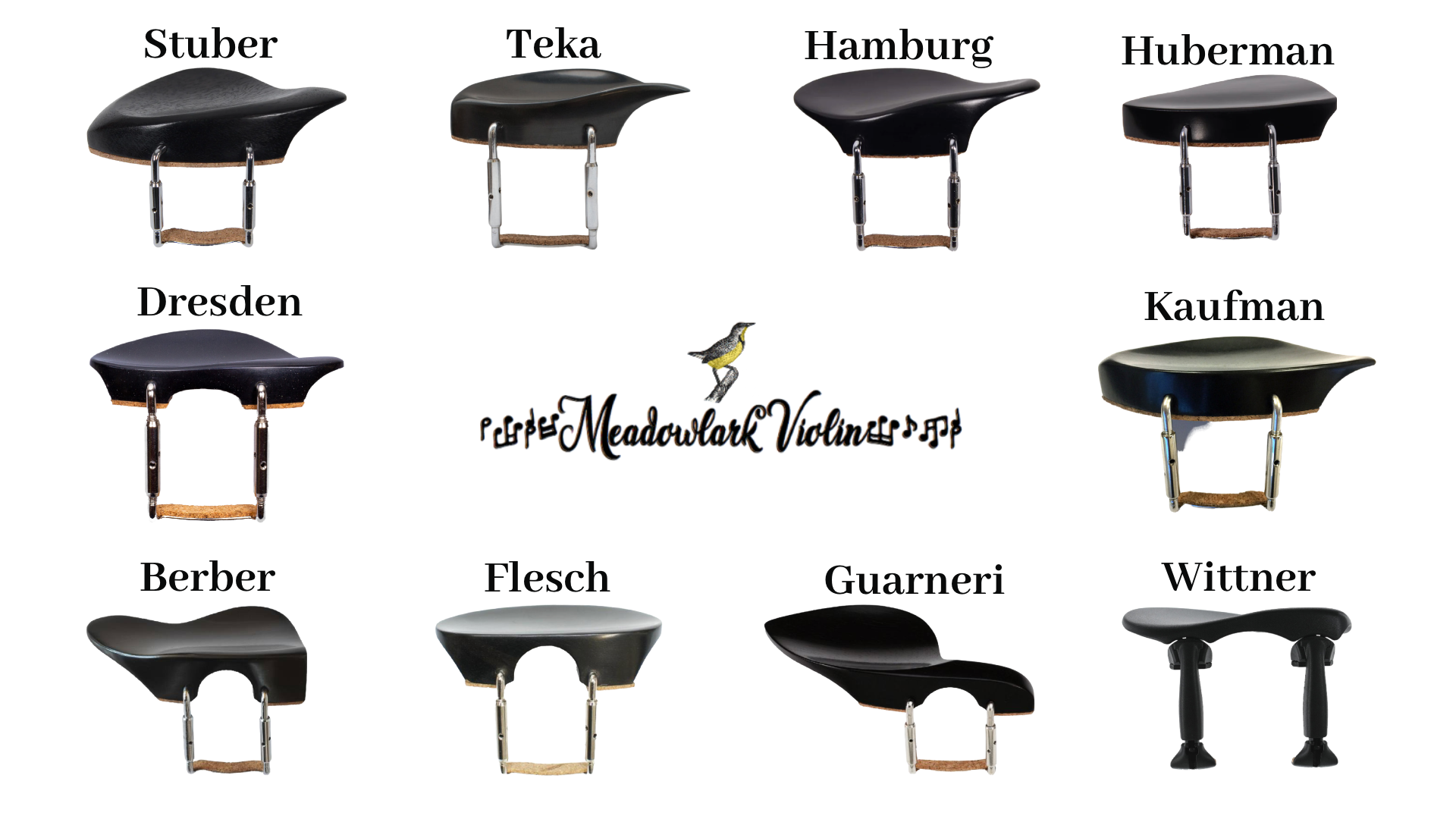How to Have Better Intonation on the Violin
/
Playing in tune can be one of the trickiest skills to master on the violin. Without frets or keys, knowing where to put your fingers is challenging. Violinists use muscle memory and their ears to know where to place their fingers, which means a good practice routine revolves around finger training and ear training. While it does require lots of practice, playing in tune does not have to be a struggle! Here are 8 tips to help you have better intonation and play in tune on the violin.
Note: Violin teachers like to throw around the word intonation. It means the accuracy of your pitch. Good intonation=accurate pitch.
1.Don’t Use Finger Tapes
This may seem backwards, but finger tapes actually hurt your intonation. You are using a visual indication for an auditory skill. Doesn’t make much sense, does it? It’s kind of like hiring a musician to do your taxes. In my Complete Beginner’s Course, I’ll show you exactly what you need to do to be able to play without finger tapes.
2. Use a Drone
Most tuners also have a drone function which produce a constant pitch. As you play through your scales and songs you will be able to compare the pitches you are playing with the drone pitch. The more you use a drone, the more your fingers will adjust to play in tune with the drone automatically.
How do you know what pitch to use for the drone? Start off by using whatever key you are in as the drone pitch. If you are playing a song in the key of D, use a D drone. Some notes will be naturally dissonant with your drone, but even dissonances need to be in tune!
3. Compare to Open Strings
Your open strings are great tools to help with intonation. Your third finger in first position is always an octave higher than the open string below it. If you are playing third finger D on the A string, you can compare that note to your open D string and adjust your third finger until it is in tune with your open string.
If you are playing fourth finger in first position, the next open string will be your fourth finger note exactly. For example, if you are playing fourth finger E on the A string, your next open string is an E string. Adjust your fourth finger to match your open string.
4. Know How the Song Sounds
When you are starting out, playing in tune is easier if you know how the song or problem spot sounds. If you can’t hear the pitches before you play them, you won’t be able to adjust as quickly.
Record your teacher playing the song. Or, play the song on the piano. The great thing about piano is that the intonation is not up to you! As long as the piano is in tune, you are in tune. You don’t have to be a virtuoso to play your song on the piano. A quick tutorial on the basics is all you need. If you don’t have a piano, there are many piano apps and free online programs.
Another way to hear your song with perfect intonation is to have your computer play it for you using music composition software like Musescore. After you learn the basics of the program, you can type your song then let the computer play it back.
Try this exercise. Play your problem spot and stop after each note. Can you hear the next note you are about to play in your head? Can you sing it? If you can’t hear it, you won’t know if it’s in tune or not. Listening to the song as much as possible will make this exercise easy.
5. Sing it
Singing a song is the best way to teach your ears what the right intonation sounds like. Once your ears know what they are listening for, they can help your fingers adjust to the right pitch. Use a piano to check you are singing the right pitch. If you are self-conscious about how you sound, close the door, find a closet, or hum the song. Singing not only helps your intonation, it will also help with phrasing and dynamics.
6. Use Light Finger Pressure
Your fingers are constantly adjusting to play a pitch in tune. No violinist is 100% in tune all of the time. The key to good intonation is hearing and adjusting very quickly to the correct pitch. If you have a death grip on your fingerboard, it will be hard to move your finger with lightening-quick accuracy. Try this exercise. Play your problem spot with your fingers barely touching the strings. It will sound awful. Don’t worry, it’s supposed to. Play the passage several times, gradually using more pressure. You’ll find that you don’t need that much pressure for the notes to sound properly.
7. Play Slowly
Don’t play faster than your ears can hear. Even if a song is fast, play through it several times very slowly. You have to play slow enough for your ears to tell your fingers how to adjust!
Learning to play slowly is one of the best things you can do to help your intonation. It will also help all aspects of your violin playing. Next time you pick up your violin, try playing every scale, etude, and song very slowly before you play at a normal tempo. If you are paying attention to your intonation while playing slowly, you will be pleased with the results!
8. Listen to Other Violinists
Listen to as many violinists as you can. It’s not only inspiring, it’s a fun way to teach your ears good intonation.
If you’re getting frustrated with intonation, don’t worry. It’s something we all struggle with. Take a deep breath, practice slowly, and enjoy the results. Happy Practicing!
















